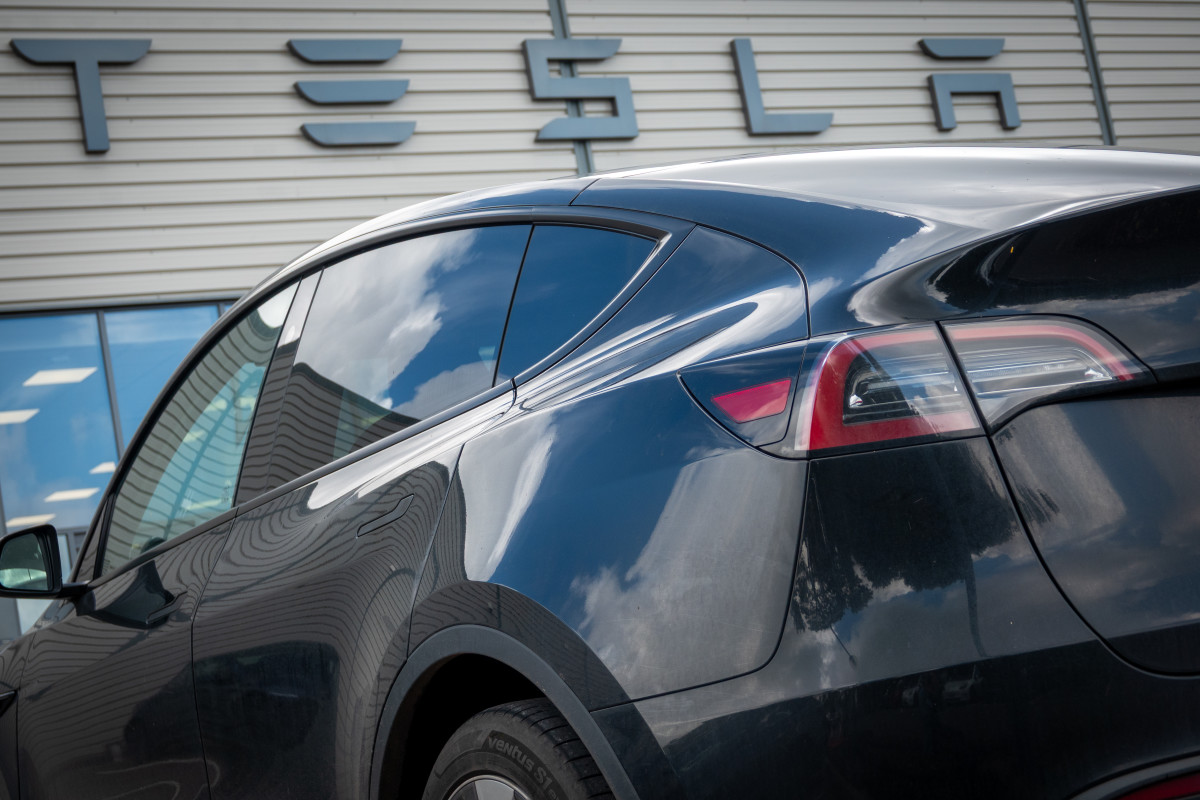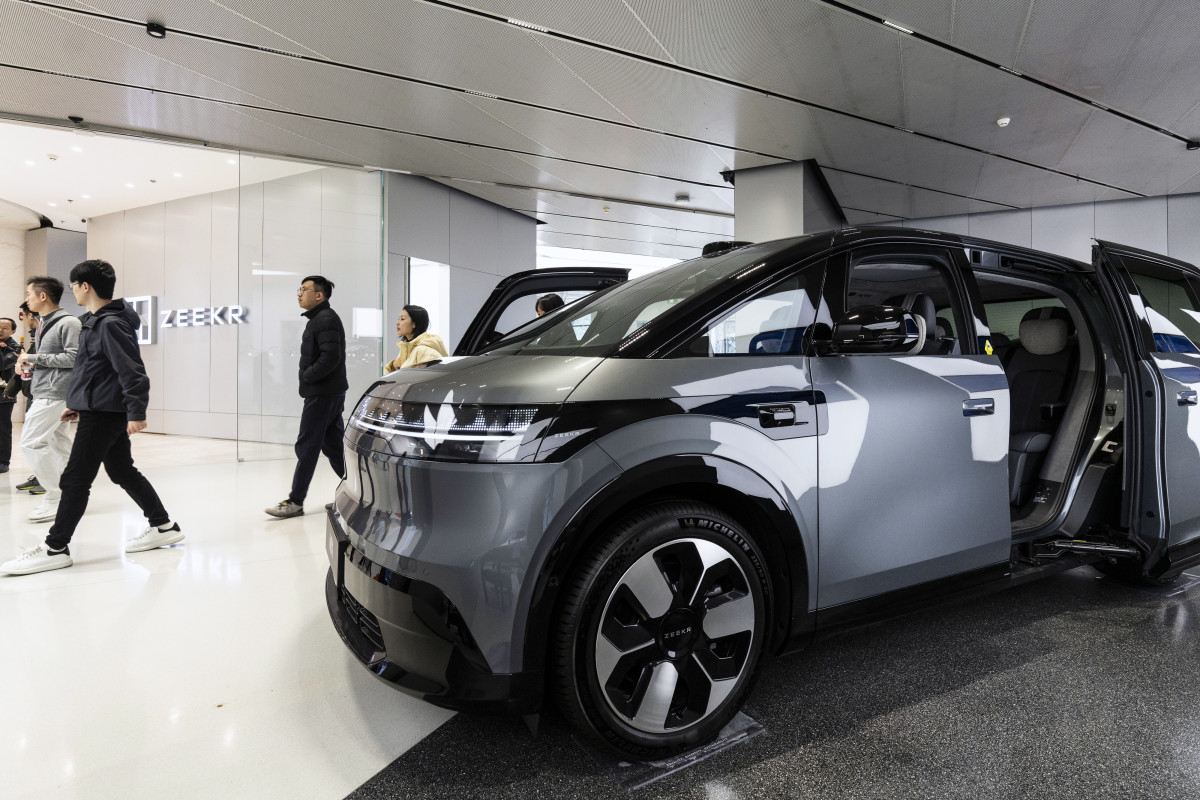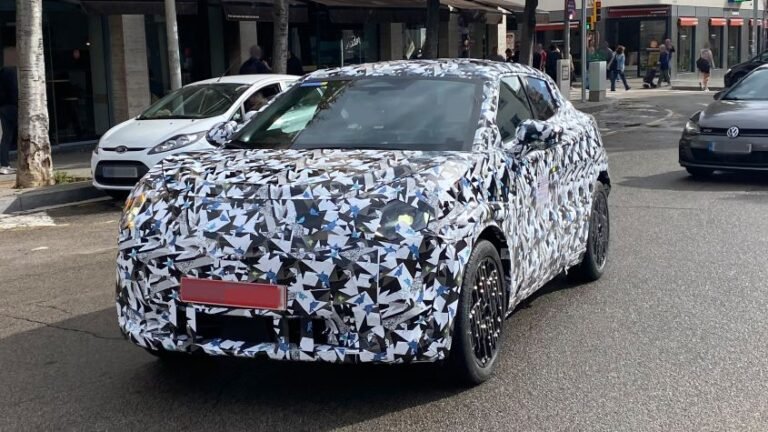
Global sales of electric and plug-in hybrid vehicles surged 23% in October reaching roughly 1.9 million units worldwide, according to data from market research firm Rho Motion, via Reuters. The majority of this growth was driven by strong demand in China and Europe, where government incentives, expanding charging infrastructure, and a steady rollout of new models have continued to boost adoption.
In contrast, sales in the United States fell sharply as federal and state incentives expired, interest rates remained high, and consumers showed hesitation toward the still-elevated prices of many electric models. This highlights a widening gap between markets that are rapidly electrifying and those struggling to sustain momentum amid economic and policy headwinds.
Tomohiro Ohsumi/Getty Images
Europe and China Lead The Charge
Europe posted a 36% rise in electric vehicle sales last month, reaching nearly 373,000 units. Germany, France, and the U.K. continued to drive demand as the European Union approved new battery projects aimed at expanding local supply chains. China remained the powerhouse, accounting for more than half of global EV sales, with about 1.3 million vehicles delivered. Analysts say price parity between electric and gas models in China has made EVs far more accessible to buyers there.
That momentum stands in contrast to the broader concerns about slowing global demand. Growth is cooling after years of rapid expansion, but October’s figures show the market remains far from stalling.
Photo by Anna Barclay/Getty Images
U.S. Slowdown Highlights Incentive Risk
North American EV sales fell 41% in October, dropping to around 100,000 vehicles after record highs in August and September. The decline followed the expiration of a $7,500 federal tax credit for many models, highlighting how sensitive U.S. demand is to government support. Industry experts say buyers are also hesitating as battery-electric models remain far pricier than comparable gasoline cars.
The uneven results reflect the global pattern , where even top manufacturers are adjusting to fluctuating incentives and shifting consumer sentiment.
Getty Images
Global Policy Shapes The Next Phase
Despite regional swings, Rho Motion expects continued strength in China and Europe through the rest of the year. In China, buyers are rushing to take advantage of a soon-to-expire full purchase tax exemption on new energy vehicles. Meanwhile, policymakers worldwide are looking for new ways to fund infrastructure and road maintenance as fuel-tax revenue falls, sparking interest in models like a pay-per-mile tax that could redefine electric car ownership economics.
The October data underscores that global EV growth is steady but uneven. Markets with firm policy support and cost parity continue to thrive, while those without incentives face a sharp reality check.


